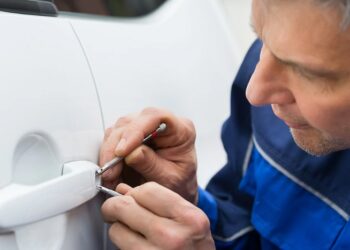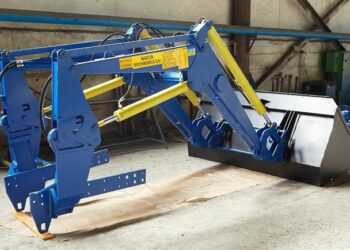The first step is to install the base outer insulation. Properly measured, it reduces heat loss through the dense parts of the building envelope by 40 – 60%. Exterior brick walls should be filled with expanded polystyrene (EPS) – 5-6 cm or mineral wool – 7-8 cm. The required insulation and good vapor permeability are achieved – The next step to activate the insulation is in the area of \u200b\u200b”cold bridges” in the construction fence.
Such problems appear in reinforced concrete beams and facade columns. If these areas are ignored, heat loss through them will lead to many unpleasant consequences. At your leisure, it will not be superfluous to learn about the services of the site /siam-view-residence-pattayya-tailand.html .
Improved thermal insulation can be done in two ways:
with the same materials as for the main one, but with increased thickness,
with the same thickness as the main one, but from materials with low thermal conductivity.
Extruded polystyrene foam (XPS) is suitable for this purpose. Its low permeability makes it unsuitable for cabinet insulation. Thanks to such efforts in the field of thermal bridges, the thermal equivalent of the resistance of the main wall structure is achieved, which drastically limits heat loss . The third step is to install windows and balcony doors with low air permeability (plastic or wood) equipped with automatic release valves.













